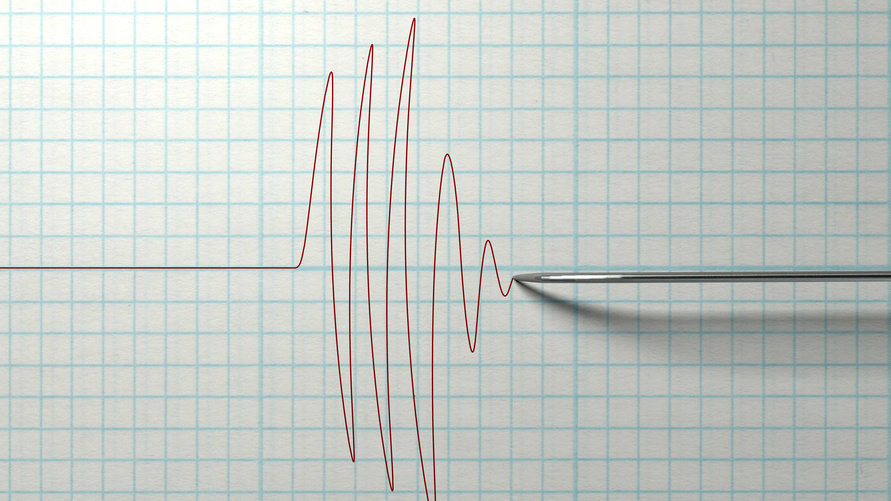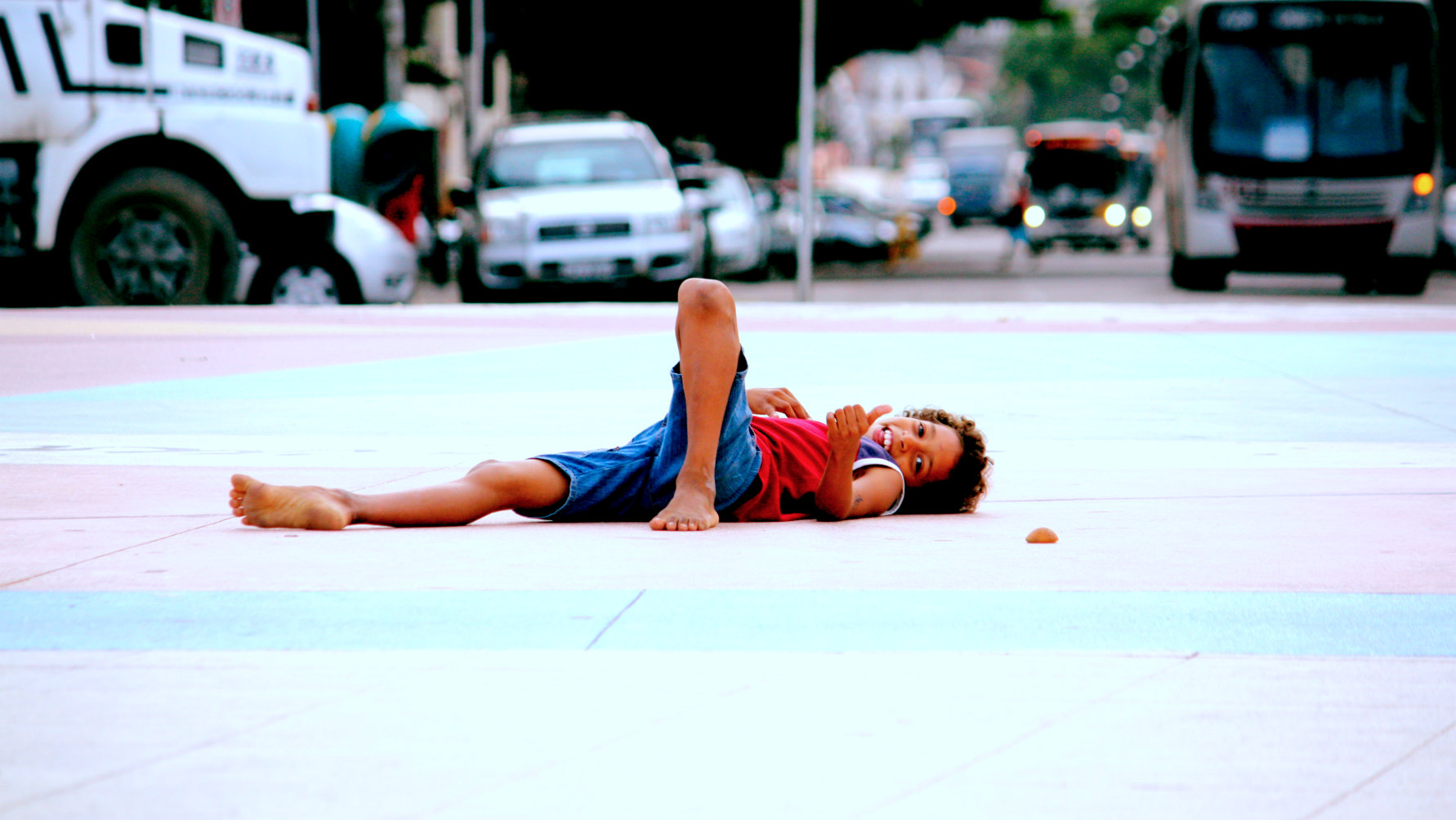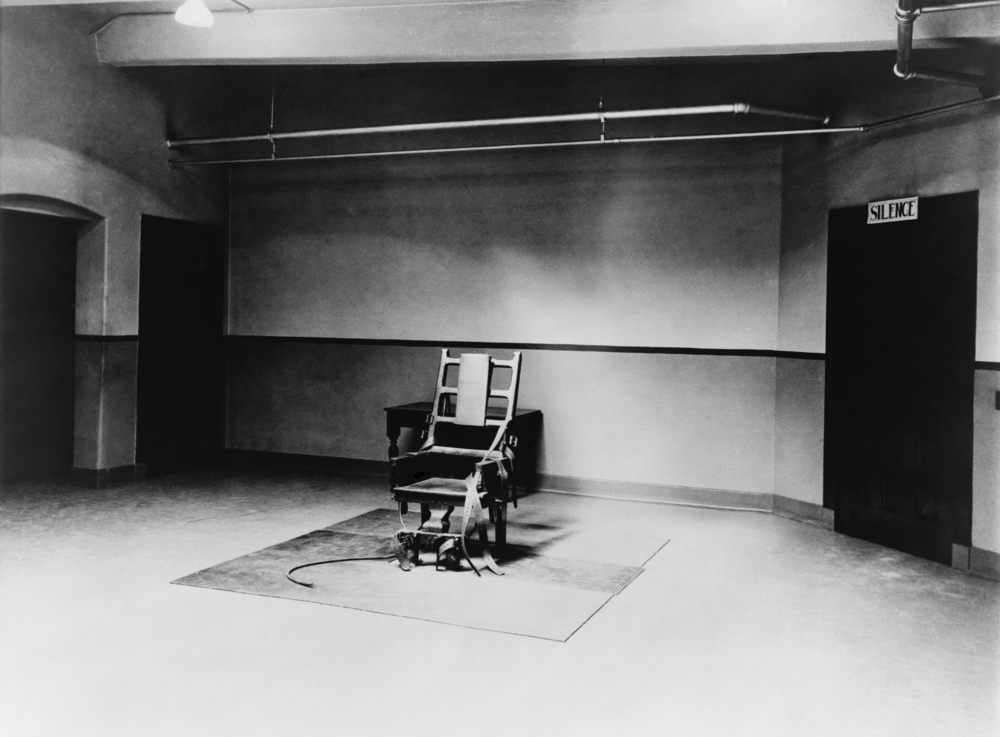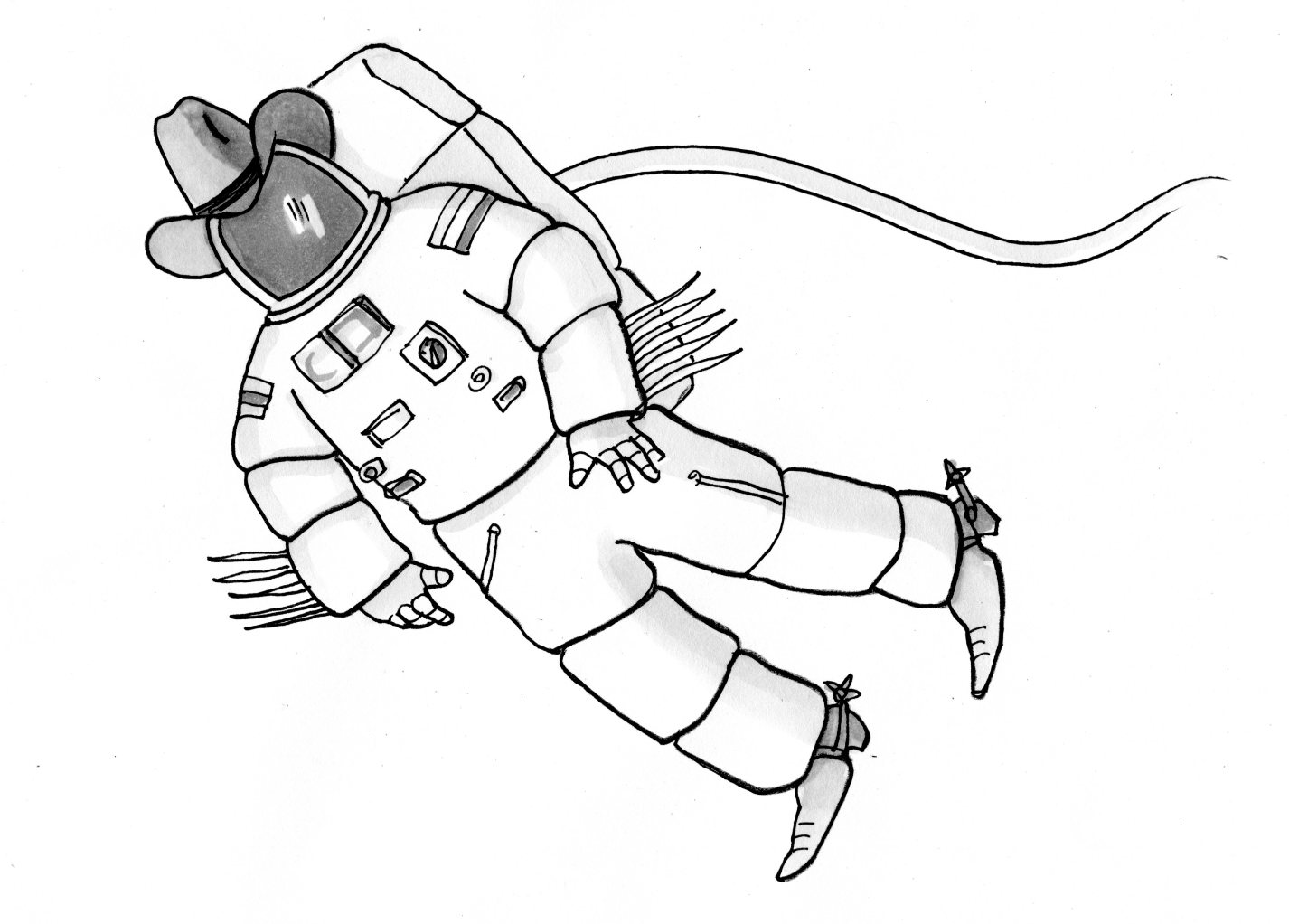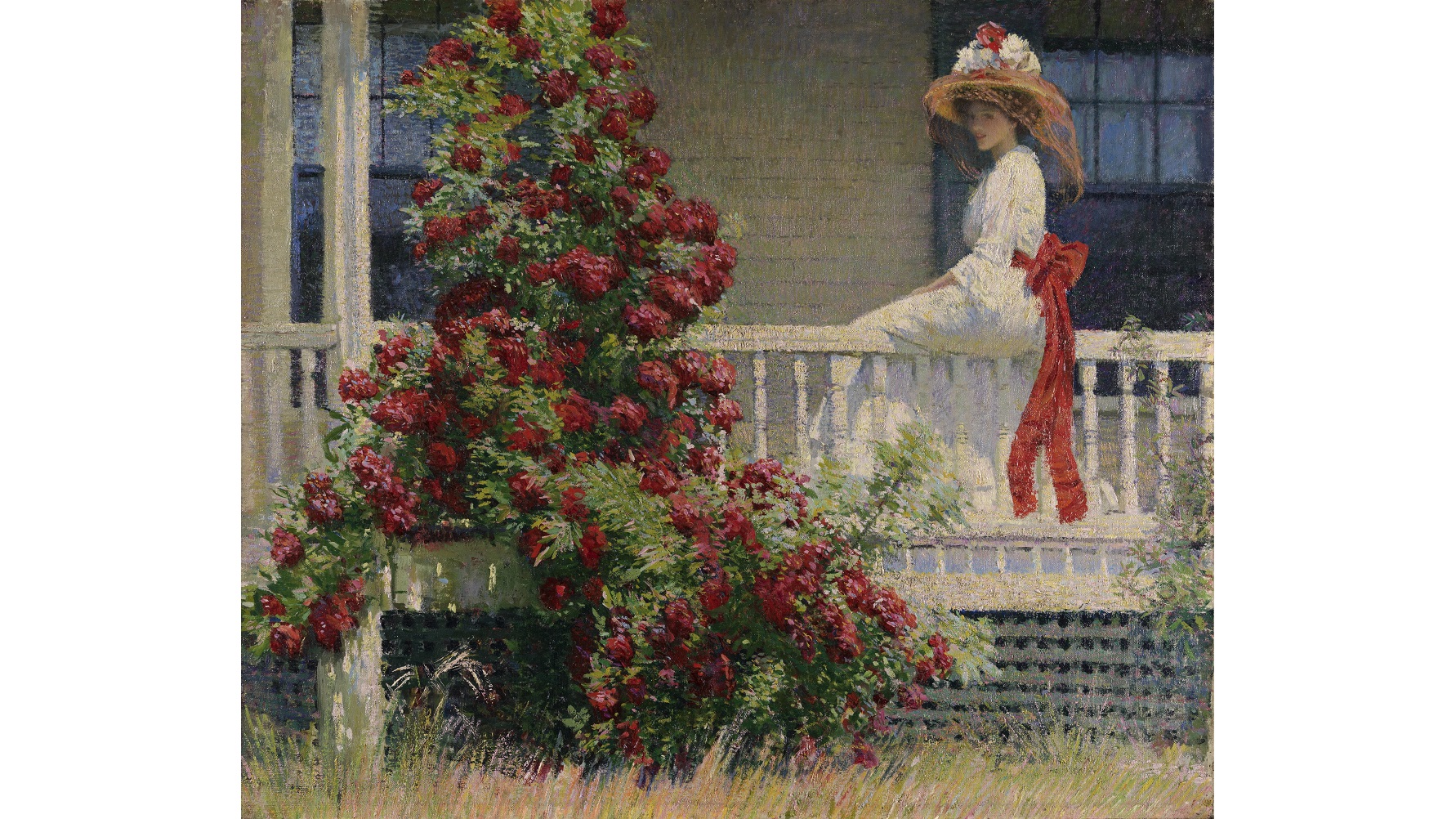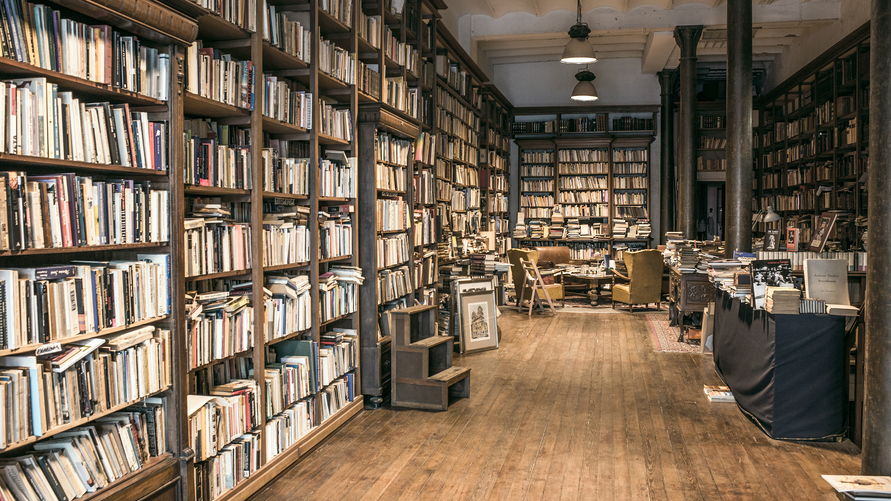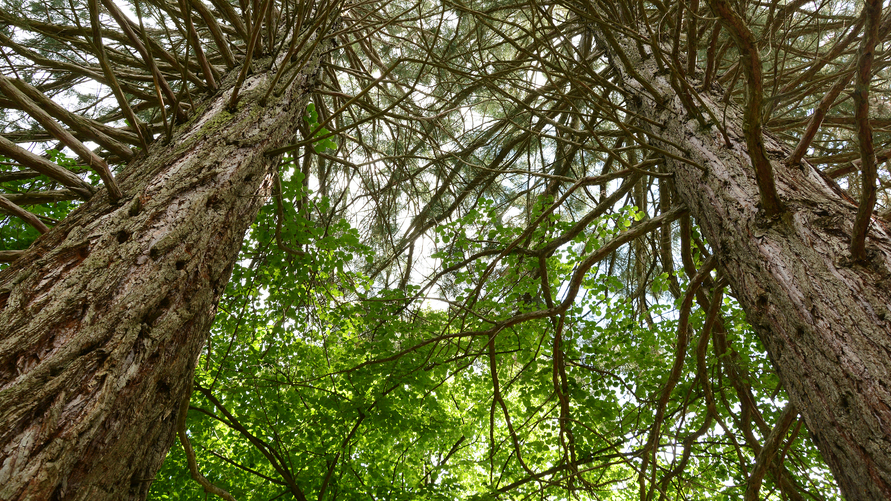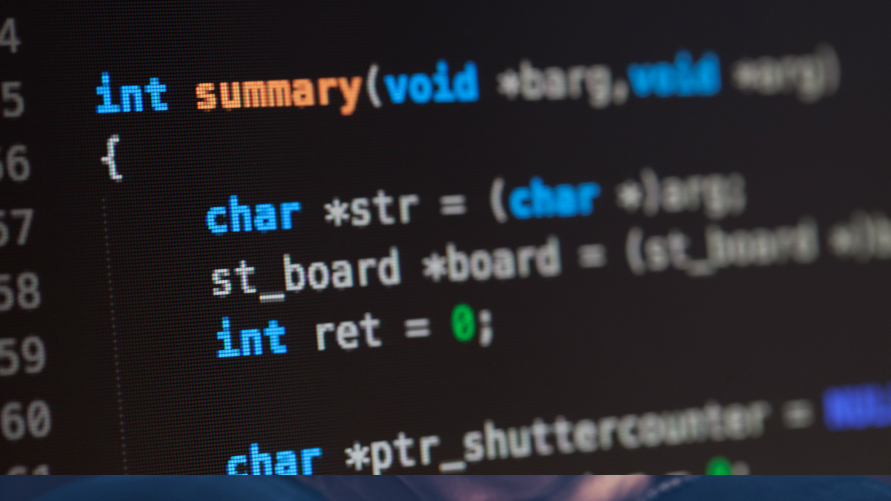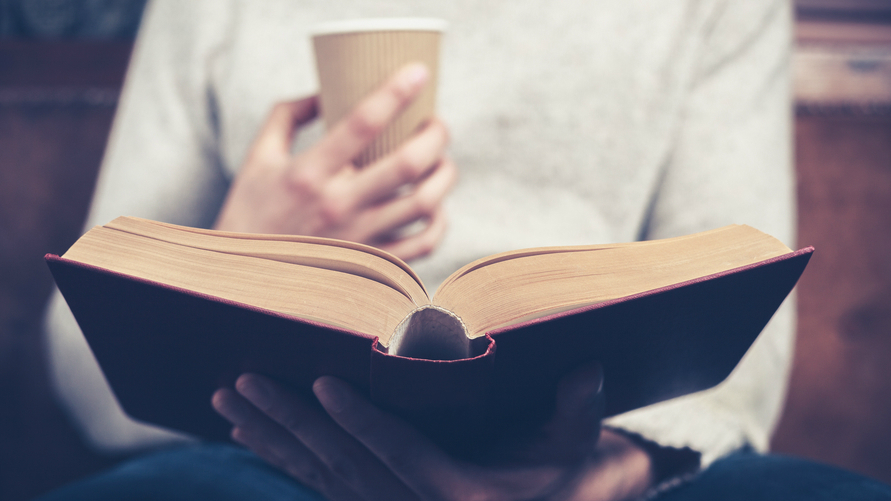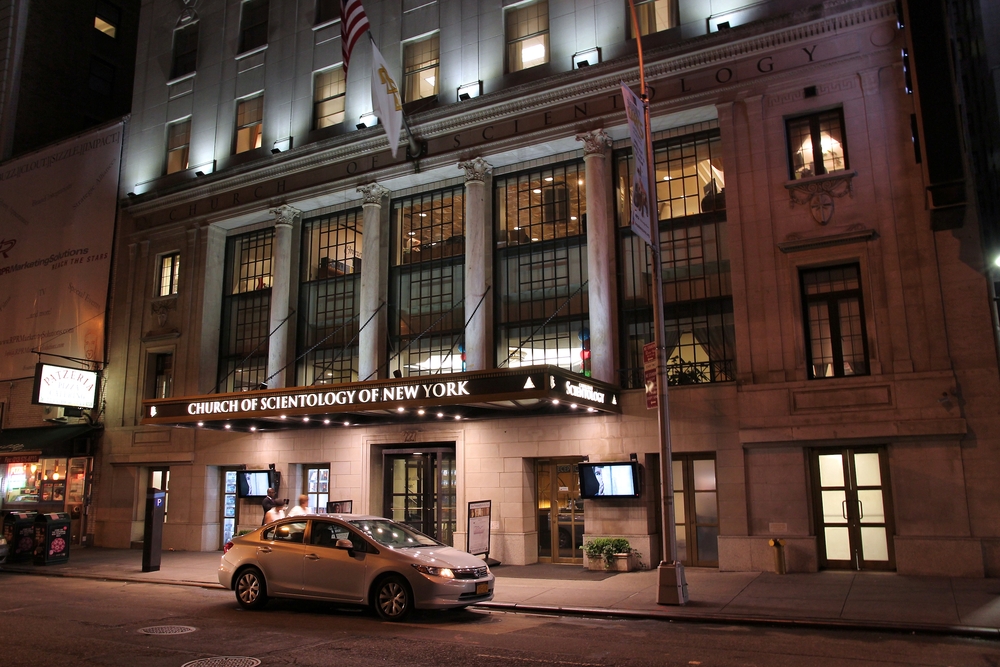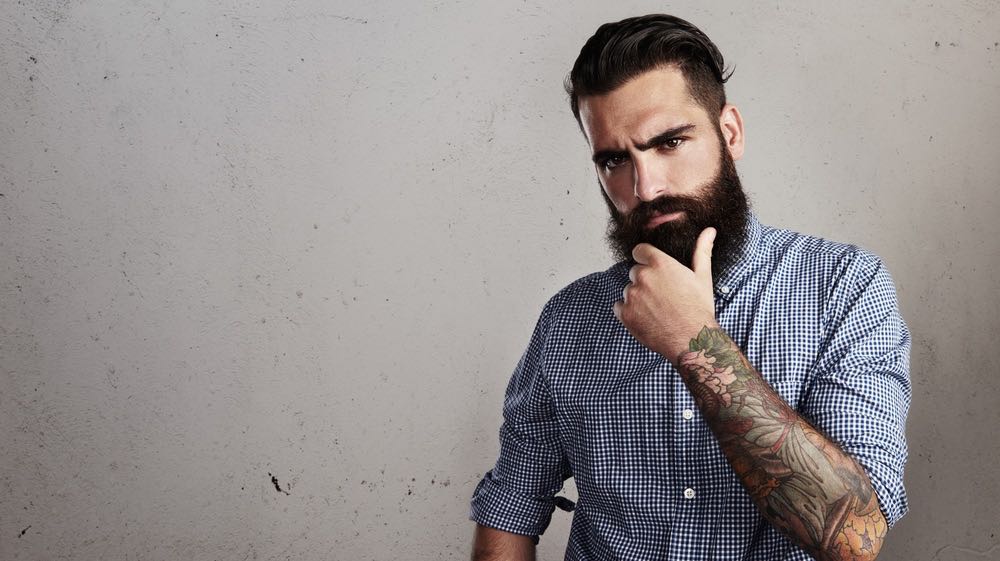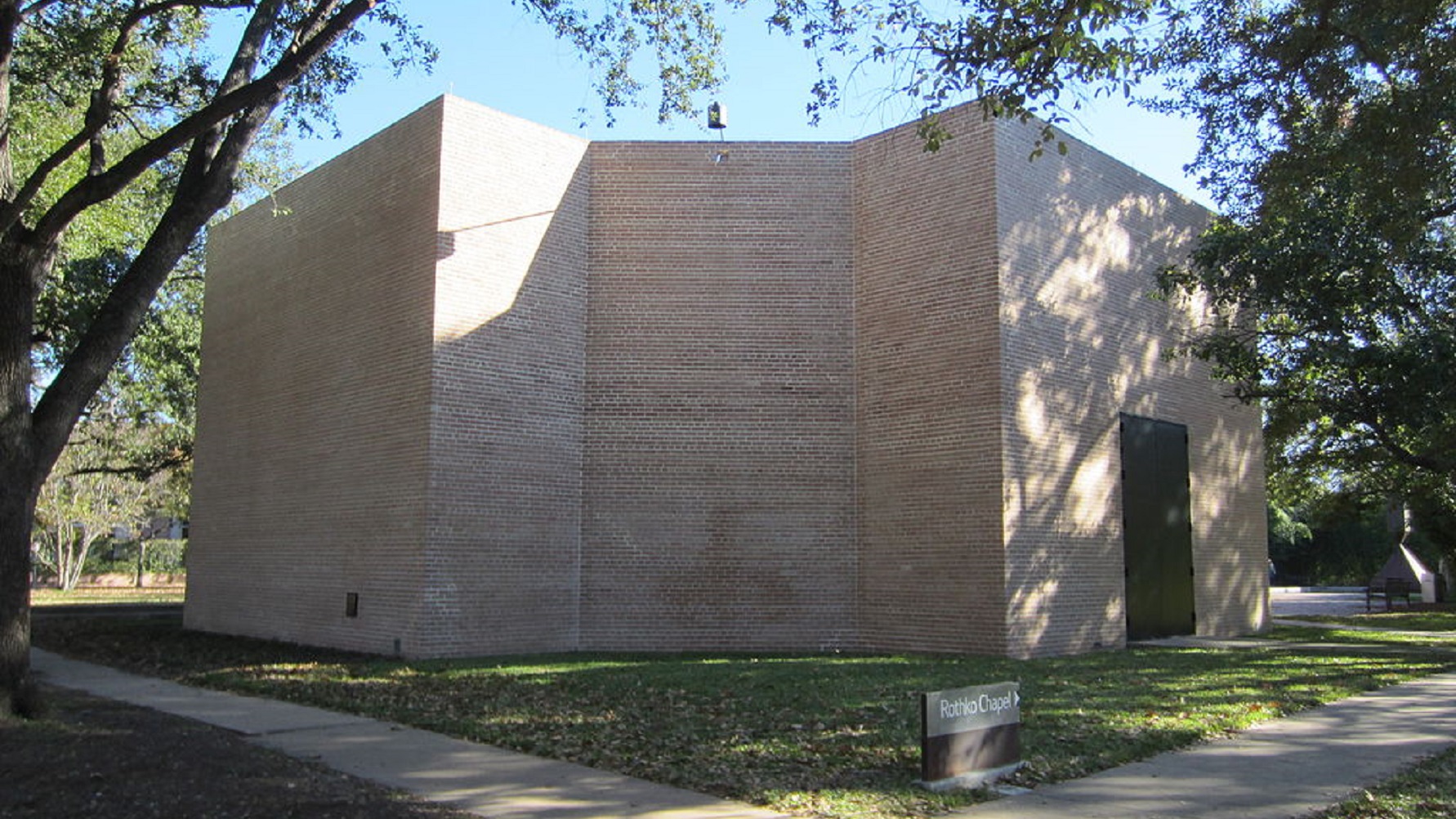Culture & Religion
All Stories
An ideological battle over diversity, inclusion, and ownership is being fought over sci-fi’s most prestigious awards.
It’s the question most job seekers dread: What are your salary requirements? The key is to offer the employer a range without shortchanging yourself.
Beating a polygraph test is as simple as understanding its psychological facets and turning them in your favor.
Young kids are unaware of such social constructs as “pleasantries” and “lying.” But when do we start bending the truth to spare someone else’s feelings?
If the question of life or death resides in the hands of a deity, then the death penalty is a sin against that god. Yet if it’s in our own hands, a woman deciding whether or not to bring a child forth should not be made to feel guilty, or worse, that she herself has sinned.
Comparing “astronaut” to “cowboy” ethics can show that Locke’s limits on liberty need to be revised. We once could see that pitting self-interest against collective self-preservation wasn’t rational. Me-opic and logically unworkable ideas that economics sometimes encourage have made that harder to see.
American Impressionism’s often been seen as a pale copy of the French Impressionism that flowered in the late 19th century. Although American Impressionists early on copied their French counterparts (and even made pilgrimages to Monet’s Giverny garden and home), the exhibition The Artist’s Garden: American Impressionism and the Garden Movement, 1887–1920, at the Pennsylvania Academy of the Fine Arts through May 24, 2015, proves that American Impressionism quickly blossomed into something distinct—and distinctly American—by the turn of the 20th century. Capturing aesthetically a moment of contradictions as American nativism threatened to close borders while women’s suffrage struggled to open doors, The Artist’s Garden demonstrates the power of flowers to speak volumes about the American past, and present.
The Dallas Zoo is preparing to celebrate the birth of a baby giraffe — a very special event in the life a zoo. And to share their enthusiasm with the public, a live feed has been created.
Independent bookstores aren’t able to compete with Amazon on price, but they do offer something the online giant can’t — a beloved community space.
No one likes it when resources are rationed, but Californians may force the state or federal government’s hand if they don’t voluntarily cut their water usage.
Could humans someday live to be 1,000 years old? Life extension and radical longevity are rising topics of conversation among futurist circles… and wealthy tech entrepreneurs are listening.
Four states are currently in the process of approving measures to allow high school students to fulfill foreign language-learning requirements with a computer language instead.
Developing repeatable reading habits will allow you to block out the distracting noise of the outside world and focus more intently on your calming activity.
Don’t believe any caller who claims they work for the IRS. The IRS will never call or email you. The best course of action you can take is to spread the word to help stop the success of these scams.
Dr. Tesia Marshik who is an assistant professor of psychology at the University of Wisconsin-La Crosse walks us through the extensive evidence that learning styles don’t exist, before looking at why the belief is so widespread and why the belief is such a serious problem.
While it’s easy to laugh off a pseudo-religion that battles cosmic tax auditors and exorcises invisible atomic volcanic gremlins, that’s merely the hypnotic gibberish hiding the organization’s true intention: amassing capital and property worldwide. And like many other religions, they’re wildly successful.
The genius of meetings at the office, and other forms of communal decision-making, is that everyone can bring their unique knowledge to bear on a specific problem.
Beards are badges of symbolic honor that, by expressing dominance, help men to compete for female suitors.
Of the many concepts of Judaism artist Mark Rothko took to heart, the idea of tikkun olam, Hebrew for “repairing the world,” penetrated the deepest. In Mark Rothko: Toward the Light in the Chapel, academic and a cultural historian Annie Cohen-Solal cuts to the heart of Rothko’s life and art and sheds new light on how both seemingly had to end at The Rothko Chapel (shown above), the Houston home of Rothko’s final works that he tragically didn’t live long enough to see himself. In this tightly focused new biography, Cohen-Solal shows us both how The Rothko Chapel culminates Rothko’s life-long mission to repair his world and how it continues to serve as a light of hope in our darkening world.
Searching the internet gives people an inflated sense of knowledge, according to a recent study.
Research suggests that making a new friend doesn’t have to be anxiety-inducing, just bond over your shared social anxiety.
There exist many conflicting theories on the origins of the holiday, although the most compelling dates back to Pope Gregory XIII in 1582.
Data-driven solutions aren’t going anywhere, but the public’s perception of big data’s value is bound to buckle beneath the weight of unrealistic expectations.
The Tesla CEO’s tweets are capable of generating hashtags, memes, and even temporary spikes in the price of company shares.
Letting employees decorate their workspaces plays an important role in building relationships within the company — without them there aren’t any icebreakers.
Nonconformists have a certain allure that attract both men and women, according to a recent study, but it has its limits.
Like L. Ron Hubbard knew, the veneer of celebrity casts such a bright light that the details are obscured. Perhaps that’s why we call them “stars.” The closer you get, the harder to observe the shadows being cast.
The United Nations is expected to adopt the World Bank’s goal of eliminating extreme poverty by 2030. Whether that goal is feasible depends on just how many resources one expects will be put to use in the effort.
Eliminating the estate tax makes no sense in a meritocratic system, yet most Americans are against the so-called “death tax.” The reasons why range from the hypocritical to the woefully ignorant.
“Exposure” and “experience” are rarely worth uncompensated labor.


